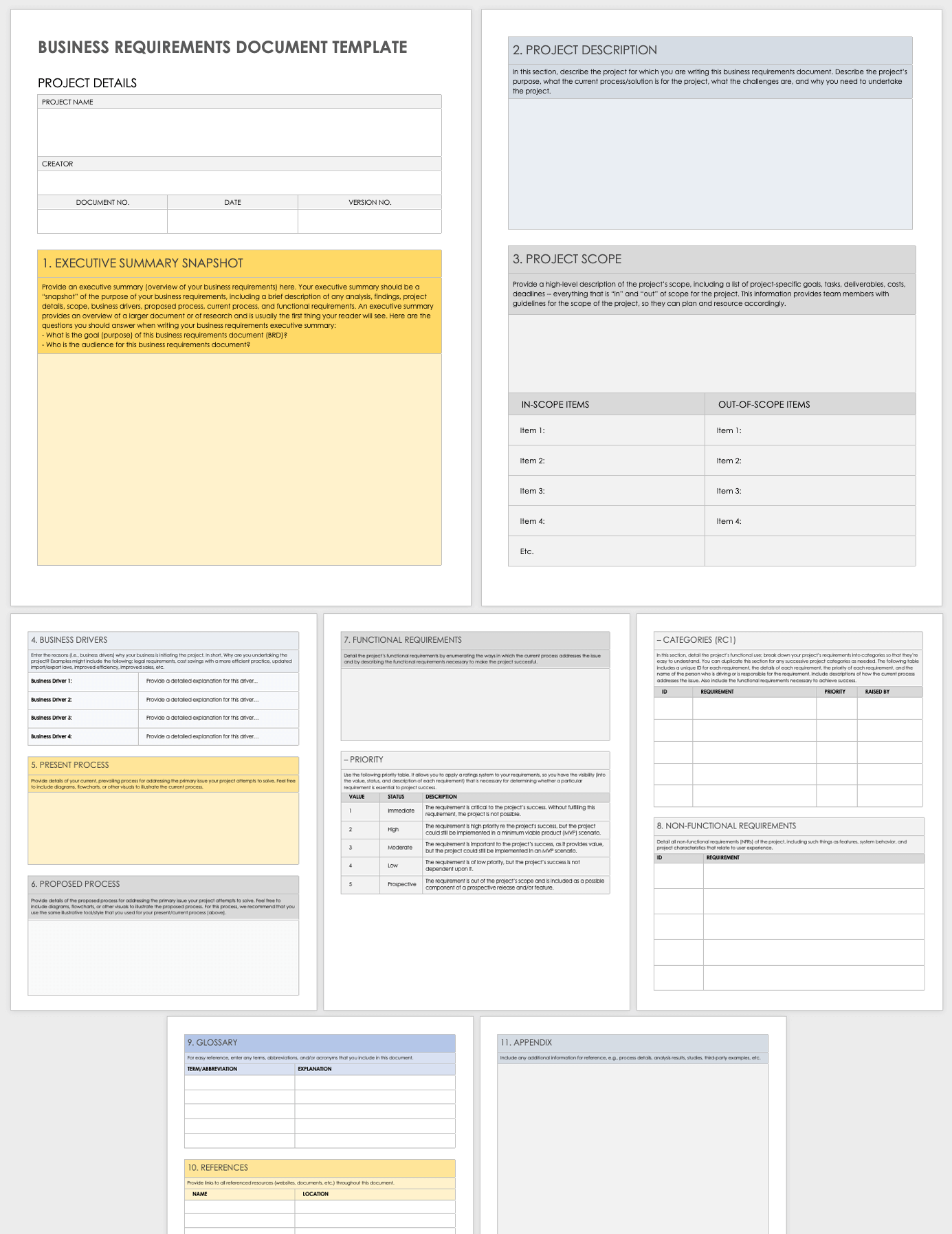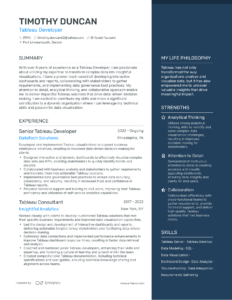A tableau requirements gathering template is a framework used to collect and organize information about the needs and expectations of stakeholders for a Tableau implementation. It helps to ensure that all necessary requirements are captured and understood, reducing the risk of misunderstandings or missed requirements during the project.
This template provides a structured approach to gathering requirements, with sections dedicated to capturing key information such as business objectives, data sources, user roles, and reporting needs. By using a template, organizations can ensure that all relevant aspects are considered and that the requirements are documented in a clear and concise manner.

Understanding the Importance of Requirements Gathering
Requirements gathering is a critical phase in any successful Tableau implementation. It establishes the foundation for the project by defining the scope, objectives, and expectations from the very beginning. A thorough requirements gathering process helps to:
- Ensure that the Tableau solution aligns with the organization’s business goals.
- Identify and prioritize the specific needs of stakeholders.
- Reduce the likelihood of changes or rework during the development phase.
- Provide a clear roadmap for the project team to follow.
- Facilitate communication and collaboration among stakeholders.
Components of a Tableau Requirements Gathering Template
A comprehensive Tableau requirements gathering template typically includes the following sections:
- Project Overview: This section provides basic information about the project, such as the project name, objectives, and timelines.
- Stakeholder Analysis: This section identifies all stakeholders involved in the project and their roles, responsibilities, and interests.
- Business Requirements: This section captures the high-level business needs that the Tableau solution will address, including specific business outcomes or key performance indicators.
- Data Requirements: This section defines the data sources that will be used to populate the Tableau dashboards and reports, including any data transformations or cleaning required.
- User Interface Requirements: This section outlines the user interface requirements, such as the desired visualizations, dashboards, and navigation.
- Data Security Requirements: This section addresses any data security considerations, including user access permissions, data encryption, and compliance with regulatory standards.
Conclusion
Investing time in the requirements gathering phase of a Tableau implementation is crucial for the project’s success. A well-structured tableau requirements gathering template can help organizations effectively capture and document the needs of stakeholders, ensuring that the Tableau solution aligns with the organization’s business goals.
By using a template, organizations can streamline the requirements gathering process, reduce the risk of missed requirements, and provide a solid foundation for a successful Tableau implementation.

